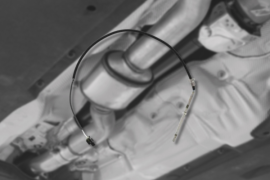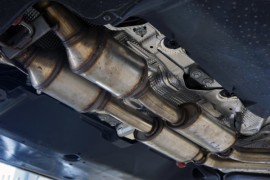{
"lazyNodes": false,
"abFitnotesFlag": false,
"abCrawlReviews": false,
"productOptionsCookie": false,
"orderDelayFlag": false,
"skipSessionCookie": false,
"covidMessage": false,
"fullTitleCookie": false,
"nrLoggerCookie": false,
"checkoutReviewCookie": false,
"productOptionSeqCookie": false,
"maintenanceFlag": false,
"bufferETACookie": false,
"multiShippingDiscountFlag": false,
"newFitmentFlag": false,
"surveyOptInFlag": false,
"crossSellFlag": false,
"skuMappingFlag": false,
"paySplitCookie": false,
"callDisableFlag": false,
"zipPaymentFlag": "u",
"hassleFreeReturn": false,
"lifetimeReplacement": false,
"cpn_off": false
}Need Help? Call Us1-866-529-0412
Select your vehicle
Mercedes Benz S350 Exhaust Temperature Sensors
Refine by:
Shop Catalog
Showing 1 - 1 of 1 results
Sort by:
Part Number: FBI100833
Vehicle Info Required to Guarantee Fit
$98.99
Product Details
Location : RearQuantity Sold : Sold individuallyWarranty : 24-month or 24,000-mile limited warrantyProp 65 Warning :
![]() WARNING: This product can expose you to chemical which is known to the State of California to cause cancer and birth defects or other reproductive harm. For more information go to www.P65Warnings.ca.gov.
WARNING: This product can expose you to chemical which is known to the State of California to cause cancer and birth defects or other reproductive harm. For more information go to www.P65Warnings.ca.gov.
Page 1 of 1 | Showing 1 - 1 of 1 results
Helpful Automotive Resources
P2033 Code: Exhaust Gas Temperature Sensor Circuit High Bank 1 Sensor 2A P2033 code can be stored in your vehicle’s powertrain control module (PCM) due to a variety of factors. The code can refer to a high voltage condition in the exhaust gas temperature (EGT) sensor located near the catalytic converter. The EGT sensor is a heat sensitive resistor that converts
P0429 Code: Catalyst Heater Control Circuit (Bank 1)A catalytic converter uses a catalyst to create a chemical reaction that converts harmful exhaust emissions into less harmful substances. These catalysts are usually made up of rhodium, palladium, or platinum. These elements plus the extreme heat of the engine exhaust make the conversion of harmful substances possible.




